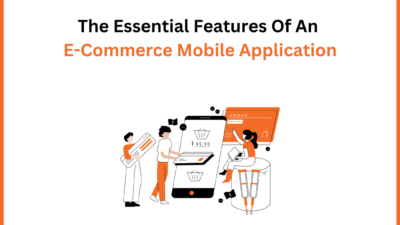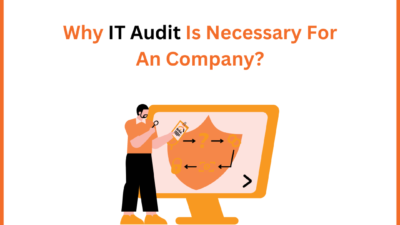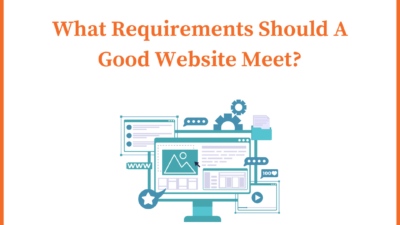Why Create An FAQ On Your Website?
The FAQ or Frequently Asked Questions is a list of questions/answers intended to answer the questions of Internet users about a company, a service, or a product.
An FAQ generally takes two forms:
It is then enough to unroll the question which interests us to know the answer.
Dynamic, that is to say, it takes the form of a search engine. In this case, A dedicated page appears for each question the user types in the search bar.
In this article, we will see the benefits you can derive from setting up an FAQ on your website.
Set up a FAQ to improve user confidence and enhance its expertise
Many sites include an FAQ, and their effectiveness is well established. It is in your interest to build one. This gives credibility in the eyes of users. Indeed, it is more pleasant for the latter to find the answers to their questions in a simple and fast way.
Visitors will have the impression that the company is involved and wants to help and guide them. And it enhances the sense of transparency that a brand exudes. Be careful, however, to ensure the relevance of the questions and answers. The creation of an FAQ must indeed be the result of in-depth reflection.
The company knows perfectly the characteristics of the products or services that it sells. Translating this information into an FAQ highlights the important characteristics of what is being sold.
Create an FAQ to reduce the time spent responding to customers via email and phone
Some companies are overwhelmed with questions from their customers.
The time taken to answer them could be spent on more urgent tasks, and the repetitive nature of this work is boring to deal with in the long run.
It is in this type of case that setting up an FAQ is the most recommended. It makes it possible to answer questions from prospects in advance and drastically reduces the number of questions asked by email and/or telephone.
Make a FAQ to improve your natural referencing
By nature, a FAQ will allow you to add content and keywords to the website and therefore ultimately improve its referencing.
But other factors can also help to rank better. The FAQ is indeed based on searches that you identify as frequent. Does this remind you of anything? Well, search engines use the same process. When we offer answers on an FAQ page, we potentially answer questions from Internet users asked in Google. Google indexes this content. He recognizes question-answer systems and uses them to construct his answer. Thus, the website can appear in the search results for a given question in the zero position or so-called snippets. This is a very effective way to get more traffic to a website.
To set up a dynamic FAQ, it is recommended to develop a minimum of content (more than 500 words) for each of the answer pages that will be set up For search engines to reference them properly.
How to build an effective FAQ?
It will, first of all, be necessary to identify the questions that users are asking.
List the questions often asked by customers by email or telephone
Keyword research tools can help, like SEMRush’s Keyword Magic Tool or Google Ads’ built-in Keyword Planner.
Think about research on your site: what keywords (or phrases) do visitors type to find the website? In google analytics go to “site search”. The functionality reveals how Internet users find a website and makes it possible to discover expressions that we do not necessarily think of.
When searching on Google, phrases or questions are suggested: use this famous “People also ask” feature
Ask his relatives. But also its users; for example, you can create a survey to collect customer opinions.
Who are our users? To create a good FAQ, you need to know exactly who you want to talk to. The language is not the same depending on the target: young people? more mature people? a rather serious domain or not?
As you will have understood, the FAQ is a powerful tool, useful for Internet users, it allows the company to save time and better promote its services and products. If you decide to create one, remember that the choice of questions and the wording are decisive. Your questions should be the ones you get asked most often. As for your answers, keep in mind that not everyone knows technical jargon. So be pedagogical and use intelligible terms. The prospects who contact you will be more qualified, which will allow you to work more efficiently.











